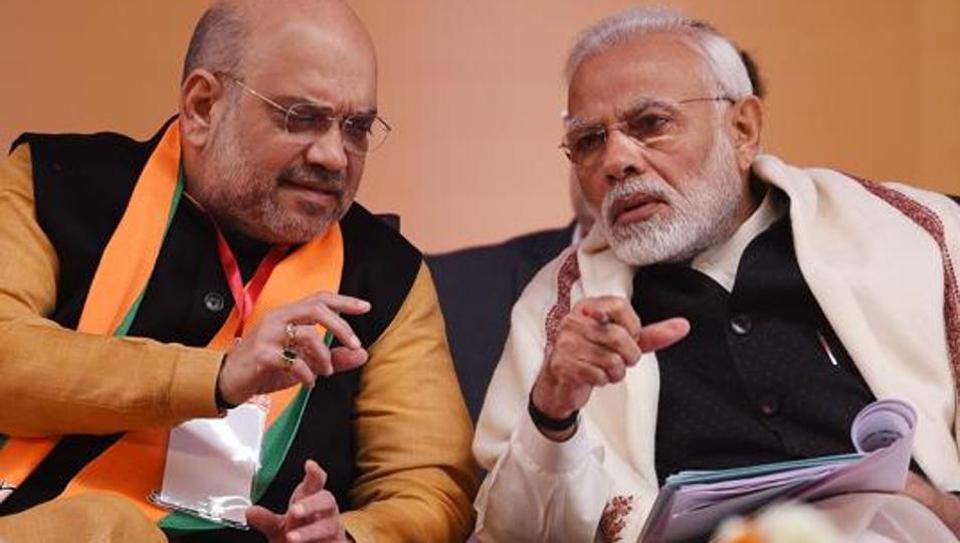The swiftness of the agencies in assessing threats is the most crucial aspect in ensuring the security of the country. After two major global attacks- on Saudi Arabian refineries in last year that and the second is the recent attack by the USA in Baghdad that killed Iran’s army commander Qasem Soleimani, the Indian government has reacted swiftly by tightening the drone regulations in order to ensure the security of the nation from new threats.
The centre has launched “Digital Sky Platform,” a traffic management mechanism which is also a live platform for registration of manufacturers and operators of drones.
Two senior government officials, who are aware of the deliberations to tighten the regulatory framework, said the move to “step back” on the drone policy has been prompted by fresh red flags raised by security agencies.
In order to ensure the safety of the Indian skies from alien drones, a newly launched, first-of-its-kind national unmanned traffic management mechanism called the “Digital Sky Platform” — a live platform for registration of manufacturers and operators of drones — could see fresh safeguards being built into the certification process. A ‘National Counter Rogue Drone Guidelines’, that seeks to lay down measures to be deployed in response to threats to vital installations from unmanned aircraft systems, which was in the works, could now be expedited.
Notably, India has a ‘No Permission-No Takeoff’ (NPNT) clause for aerial unmanned objects, which implies that a drone cannot be operated in Indian skies unless the regulatory permission is received through the Digital Sky Platform. The pilot also needs certification, requiring a remote pilot licence or an ‘Unmanned Aerial Operator Permit’ (UAOP) before operating a drone.
Getting the regulatory permission for the drones is also a tough task as the Directorate General of Civil Aviation (DGCA) – the organisation responsible for civil aviation in India has complex norms.
In August 2018, the Centre came up with the first set of regulatory norms on the use of drones, which classified them based on their total weight with cargo and fuel for motive power (generally a battery), but with the rider that operations have to be limited to the line-of-sight. Then in January 2019, a white paper on drone policy 2.0 was released, that paved the way for wider application of drones, such as the delivery of goods beyond visual line of sight (BVLOS). Subsequently, DGCA floated an expression-of-interest for conducting experimental BVLOS operations of drones, to which 32 proposals were received.
It must be noted that the DGCA is very sensitive about the drones due to the constant red flagging of the intelligence agencies as there is a sense that this (drone policy) requires careful reassessment, given the new risks and the potential that it has to jeopardise the overall safety environment, including that of the aviation sector.
The Indian government has to be very careful in formulating the drone policy as drones could be misused by our enemy to destabilize the country especially the aviation sector.
